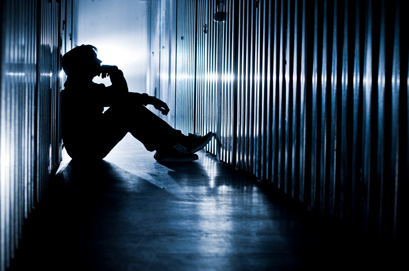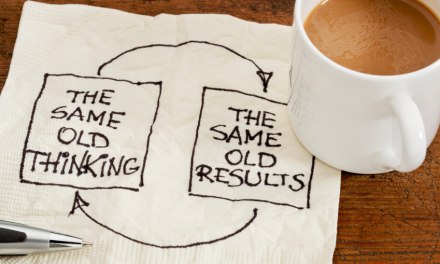I hadn’t heard about this New Jersey case until this article appeared. It’s the sort of thing that makes people question the fairness of our criminal justice system.
‘Thrown back in jail – it’s cruel’: why was actor Amy Locane imprisoned twice for the same crime?
The elements of the case: An actor, mother of two, left a party one night in 2010 and on the way home was involved in two separate accidents. In the first, the woman whose vehicle she rear-ended claimed she smelled strongly of alcohol but refused to turn over her keys. Instead, she sped off in a panic. Not long after, she had a second accident, in which a woman was killed and the driver (her husband) seriously injured. The actor’s BAL was found to be nearly three times the legal limit. She was charged, tried, and sentenced to five years in prison, reduced to three by the first judge as she had no prior record and there were other mitigating circumstances. The husband of the deceased passenger, himself an attorney, and the family were outraged by the sentence reduction.
Anyway, she completed her sentence and was released in 2015. After that, she appears to have maintained stable abstinence, with an active recovery program supplemented by public speaking to promote recovery. Her marriage broke up, but she seems to have remained sober.
Then in 2020, she was rearrested for the original crime. Now she’s back in jail, after a judge tacked an additional three years onto her original sentence. This, she feels, is both cruel and unusual. Her mother is leading a campaign to have her released.
It’s a very emotional case, and requires some effort to see the issues from both sides. The family is still grieving, believes they were wrongfully deprived of justice that would have helped them heal, because though the offender did go to jail, it wasn’t for the maximum sentence. The judge in the second go-round felt the defendant was insincere, simply doing her public speaking mainly for the attention. Personally, I doubt that, having known others who have done as much out of a genuine need for penance. But that’s my bias, and I can see how some folks might feel differently.
At one point there was a volunteer in our community, a young man now confined to a wheelchair who regularly gave talks to youth groups about his life in recovery since he was shot during a robbery in a convenience store. A common enough incident except he happened to have been the robber– a twist that weirdly enough seemed to add to the impact of his tale. Occasionally someone in the audience, perhaps a parent, would become upset, claiming that he was sending exactly the wrong message to kids– that a crime could be committed without consequences.
For me, paralysis qualifies as a consequence. Apparently it wasn’t enough for some folks.
Back to the New Jersey case: Some of the interest is because the offender was a minor celebrity. I wish that wasn’t true because it encourages the public to view addiction as primarily a problem of excess– people who have too much acting irresponsibly. That’s sometimes the case, but the impact of drug and alcohol addiction falls disproportionately on people who are in some important way disadvantaged. The poor, the sick, the vulnerable. Though drug epidemics hit every segment of society, the damage done is often more severe where resources are fewer and help less available.
Makes sense, doesn’t it?
If the USA had a working national healthcare system, some of those disparities would be minimized. They’d still exist, however. And like all policy decisions, the quality of that system would be subject to the winds of politics. Brazil, for example, had one of the best nationwide healthcare systems in the world. They’ve been through other crises and performed superbly. But now the country has elected a president who tells people to ‘stop whining’ about all the people dying around them. Result: the world’s second worst fatality statistics.
You can guess which nation is number one.
There are four different roles for the criminal justice system: To punish, to deter, to prevent, and to rehabilitate. Different programs exist that reflect different goals. But over the years, a pattern has emerged: an effort that began as prevention or rehabilitation swings to the other side if the results don’t meet expectations, or don’t arrive quickly enough.
Before we know it, we’re back to retribution and punishment. Which satisfies something emotional within people, despite the evidence that for addictions at least, it doesn’t work.













